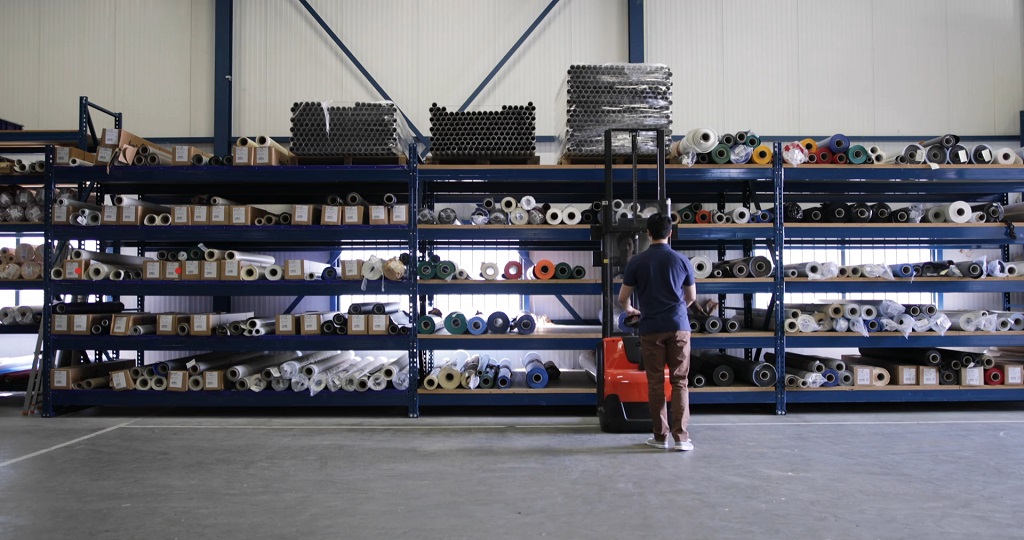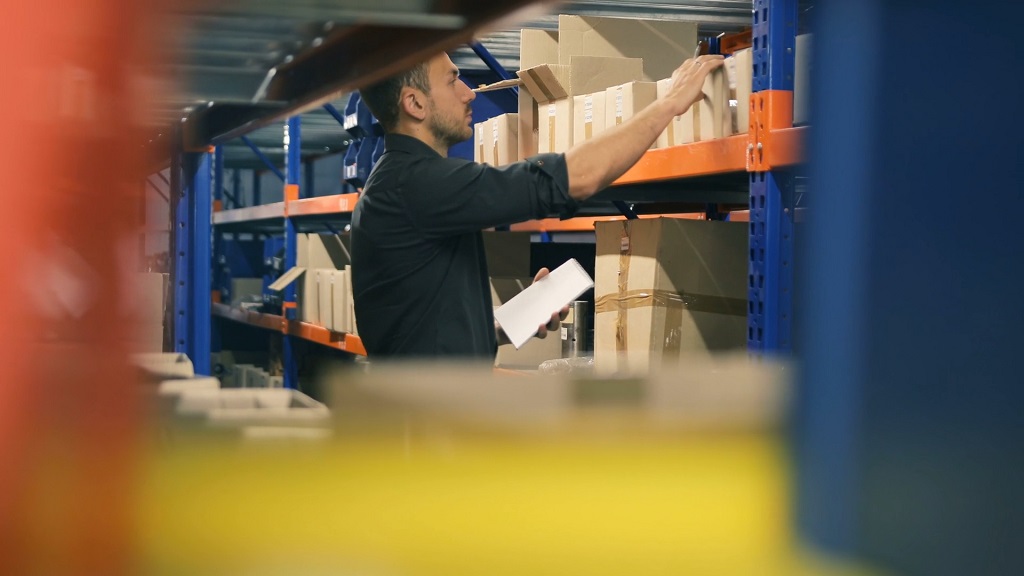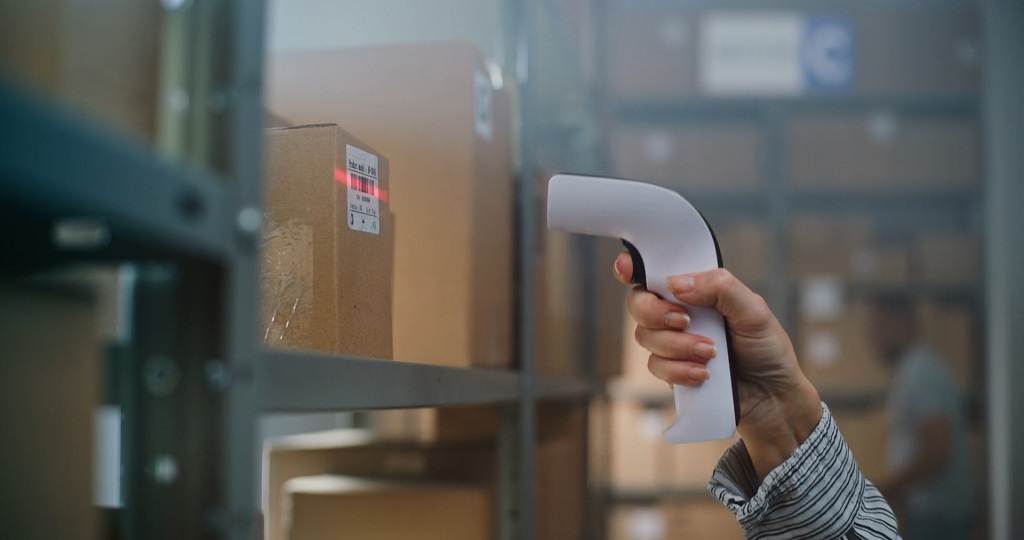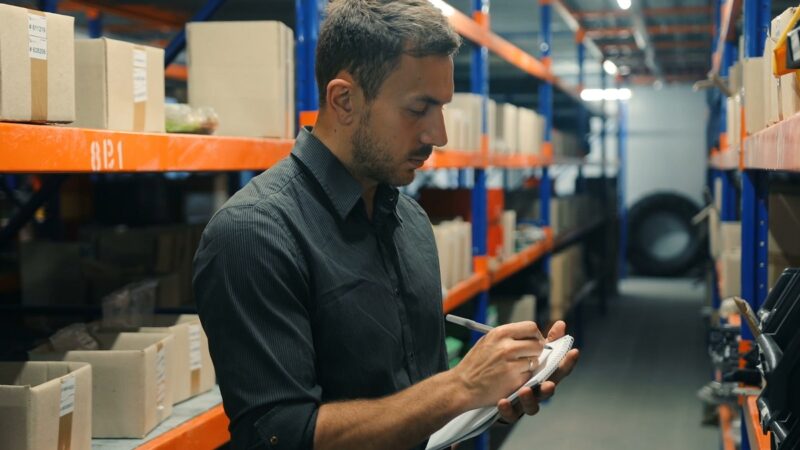As of 2025, over 61% of small businesses in the U.S. that sell physical products operate without owning or leasing a warehouse, according to data from the U.S. Small Business Administration (SBA) and the National Retail Federation (NRF).
Instead, they depend on a mix of third-party logistics (3PL) providers, on-demand storage, and direct supplier fulfillment models. This shift is not just about saving money – it’s about flexibility, scalability, and speed.
The traditional idea of having your own warehouse – with forklifts, shelving, and a loading dock – is fading fast among small and mid-sized merchants. High rental prices, supply chain volatility, and the rise of e-commerce infrastructure mean that outsourced and tech-driven logistics now handle what used to require an entire operations team.
Owning a warehouse today costs an average of $8.75 per square foot annually for lease, plus $25-35 per hour for warehouse labor in most U.S. metro areas.
For a 10,000-square-foot facility, that can mean $200,000-$300,000 a year in fixed costs – before even counting equipment, software, and insurance. That’s why most small businesses are now adopting lighter, flexible logistics models that scale only when orders grow.
Why Small Businesses Skip Owning a Warehouse

For a small business owner, logistics is often a balancing act between cost, speed, and control. But the numbers are clear: in 2024, the U.S. had more than 12 million small businesses involved in product-based operations, and fewer than 2.5 million owned or leased their own storage or fulfillment facility.
The biggest reasons include:
- Lower Fixed Costs – Renting or owning space ties up capital. Outsourcing lets owners pay per order or per pallet stored.
- Faster Scalability – You can increase inventory volume during peak season without long-term commitments.
- Reduced Staffing Burden – No need for in-house pickers, packers, or forklift drivers.
- Improved Geographic Reach – 3PLs and fulfillment networks store goods across regions, cutting delivery times by up to 40%.
- Focus on Growth – Without the warehouse overhead, owners can focus on marketing, customer experience, and product design instead of logistics.
| Challenge | Owning a Warehouse | Using Outsourced Logistics |
| Upfront Investment | $150,000+ | $0-$2,000 setup fee |
| Monthly Overhead | $12,000-$25,000 | Scales with order volume |
| Staffing Needs | 3-10 employees | None (outsourced) |
| Fulfillment Speed | Depends on the team | Often 1-2 days nationwide |
| Flexibility | Low | High (pay-as-you-go) |
The Core Logistics Models That Work

Here’s how small business owners manage inventory, shipping, and order flow without ever touching a warehouse key.
| Model | Description | Advantages | Limitations |
| 3PL Fulfillment Centers | Outsource storage, packing, and shipping to third-party providers | Scale easily, no staff, nationwide coverage | Service fees, less control |
| Dropshipping | Supplier ships directly to the end customer | Zero inventory cost, instant launch | Limited quality control, low margins |
| On-Demand Warehousing / Co-Warehousing | Rent small shared spaces for short periods | Low commitment, flexible | Local availability varies |
| Amazon FBA & Walmart Fulfillment Services | Use retail giants’ existing fulfillment networks to store and deliver products | Built-in infrastructure, 2-day shipping | Platform fees and requirements |
| Hybrid Logistics | Combine 3PL and self-storage for control and scalability | Balance cost with flexibility | Requires integration tools |
The Role of Amazon & Walmart Prep Services

A major enabler of warehouse-free logistics is the rise of specialized preparation and compliance services that help small sellers meet the strict packaging, labeling, and shipment requirements of online marketplaces.
Companies offering Amazon & Walmart Prep Services handle everything from product inspection and barcoding to bundling and palletization before inventory is sent to major fulfillment centers. This has revolutionized small-scale e-commerce operations by eliminating the need for physical warehouses.
For example, a small skincare brand selling 500 units per month can ship bulk inventory directly from a manufacturer to a prep center in a tax-free state like Delaware. The center then prepares and forwards the products to Amazon or Walmart distribution centers.
This process:
- Cuts total handling costs by 25-40%
- Reduces delivery time to marketplaces from 2 weeks to 3-5 days
- Eliminates the need for in-house staff or rented storage space
| Task | Handled By Prep Service? | Savings vs. In-House |
| Labeling & Barcoding | Yes | 60-80% cheaper |
| Polybagging & Bundling | Yes | 50% cheaper |
| Storage & Staging | Short-term | $0 monthly fixed cost |
| Pallet Shipping | Managed | 15-25% logistics cost reduction |
In short, prep services have become the “warehouse alternative” for thousands of Amazon and Walmart sellers, freelancers, and boutique brands – streamlining logistics so owners can focus on growing their business, not running storage operations.
Future of Warehouse-Free Logistics (2025-2030)

By 2030, analysts expect over 70% of small e-commerce businesses to run without dedicated warehouse space. This trend is powered by:
- Automation & AI tools that optimize inventory allocation and delivery routes
- On-demand warehouse marketplaces (like Flowspace or Ware2Go) for temporary use
- Tax-free prep centers and multi-platform fulfillment networks
- Sustainable delivery systems focusing on smaller, local hubs rather than mega-facilities
As global retail e-commerce continues to grow – projected to reach $12.35 trillion by 2030 – the future of logistics will favor flexibility over ownership.
| Year | Businesses Without Warehouse (%) | Key Trend |
| 2020 | 42% | Rise of e-commerce post-pandemic |
| 2023 | 57% | 3PL and FBA adoption boom |
| 2025 | 61% | Prep centers become mainstream |
| 2030 (proj.) | 72% | AI and flexible networks dominate |
Bottom Line
Owning a warehouse is no longer a requirement – or even a smart move – for most small business owners. With 3PLs, prep centers, and shared logistics platforms, you can run a national-scale operation from your laptop.
The modern small business owner doesn’t need a warehouse – they need a network, a strategy, and trusted logistics partners. The businesses that understand this are not just surviving – they’re scaling faster than ever before.



